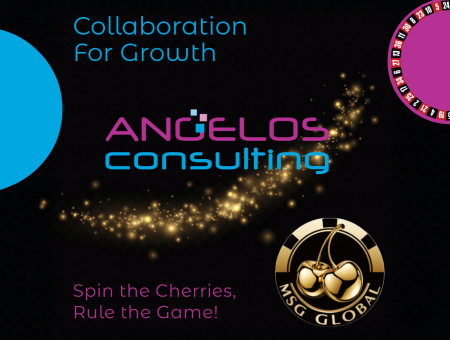
1. Balance low-volume and high-volume keywords
Keyword selection shouls be a balancing act. If you choose broad keywords that have 100 000 monthly searches or more, you are guaranteed to get a lot of clicks. But there is a high chance you will get a lot of untargeted traffic (people who aren’t actually interested in what you offer at all). Smaller volume keyword might only drive twenty visits a month, but they are all people who want to buy a product like yours. For best results you have to make a balance of both. When it comes to search, bigger isn’t always better. It’s often a better idea to go for longer, more specific keywords that are directly relevant to your product with lower search volumes, rather than generic industry terms. In that case it’s better to ignore metrics like search volume, visits, impressions, and clicks. It doesn’t matter if you have 1,000 clicks, if you only get a single conversion. As a business, 200 clicks and 20 conversions is a much better deal.
2. Only bid on what makes sense for your bottom line
Typical Google Ads conversion rates for the search network are 3.75% on average across all industries. For example, if you are selling a product for $15, you can’t have your cost per conversion be $14. Adding in the cost of goods, you would be losing money. Let’s say the term you use matches the median CPC, and clocks in at $1.35 per click. With the average conversion rate of 3.75% on 1000 clicks, you would get 37.5 conversions. But that also means you spent $1350 to get them. Always keep in mind the cost of your keywords and bid lower or higher based on your bottom line. If your campaign is very profitable, but you’re getting a low volume of traffic, increase your bid to get more clicks and rank higher. If clicks cost too much, giving you a negative ROI, lower your bids to get fewer clicks at a cheaper cost
3. Intent is critical
The intent of a search is the most important (and overlooked) factor in keyword selection and SEO. 75% of consumers that click on search ads say they make it easier to find the information they are already looking for. Whereas on platforms like Instagram and Facebook, users aren’t. Search intent is simply the intent behind a given search. It’s the “why” behind the search. What does the searcher want or need? For example, when you search for a term like “shoes repair now,” you are probably desperate and looking to get this problem solved ASAP. You’re at the bottom of the funnel almost instantly, and nearly anything can drive you to convert, even a lazy ad that leads to a mediocre landing page. But what about a term like “best software ...”? What’s the intent of that search term? Likely, the user is not ready to purchase but wants to examine a variety of options and reviews. But companies are still bidding on that term and probably paying insane costs for clicks that aren’t going to convert in the short term. Someone searching for “best software...” most likely doesn’t want to see a software company saying that they’re the best. They want reviews and comparisons.
4. Always use negative keywords to reduce ad spend
Negative keywords are critical when building a keyword list. Simply put, negative keywords are keywords that you specifically don’t want to show your ads for. For example, if you don’t do free consultations, you don’t want to show an ad for “free consultations” and pay every click. Using negative keywords can reduce your wasted spend dramatically by cutting out terms that won’t convert.

















